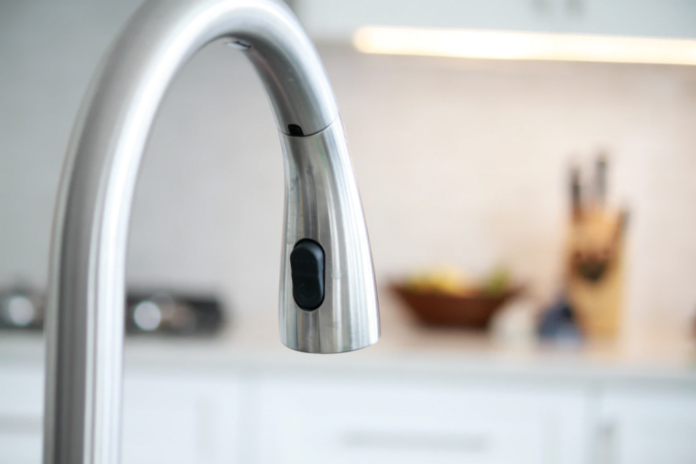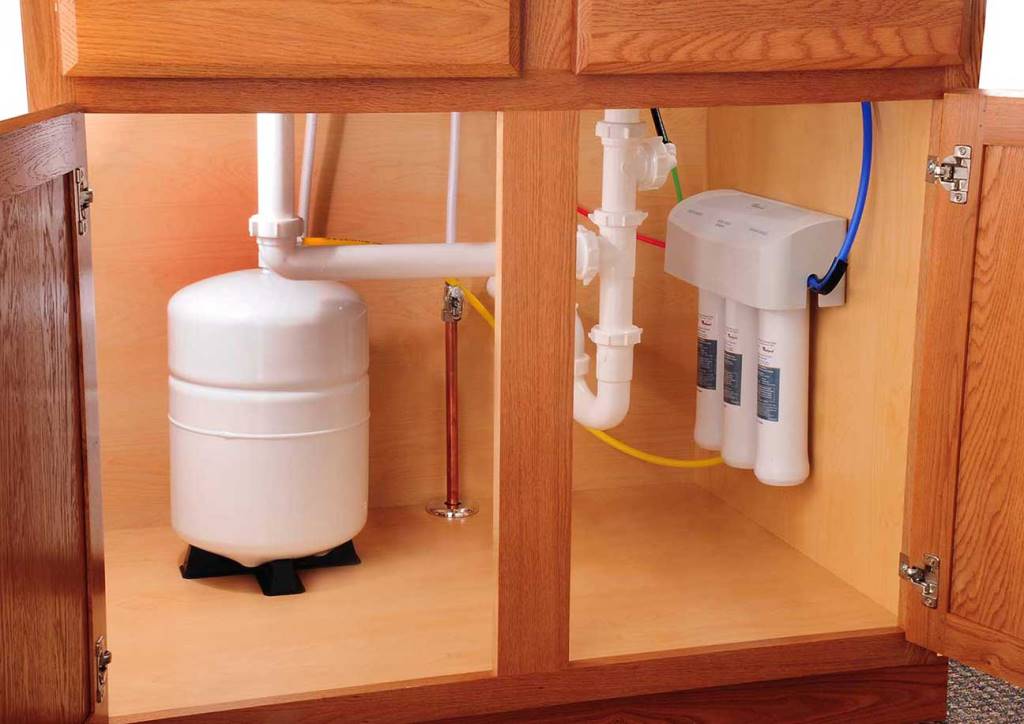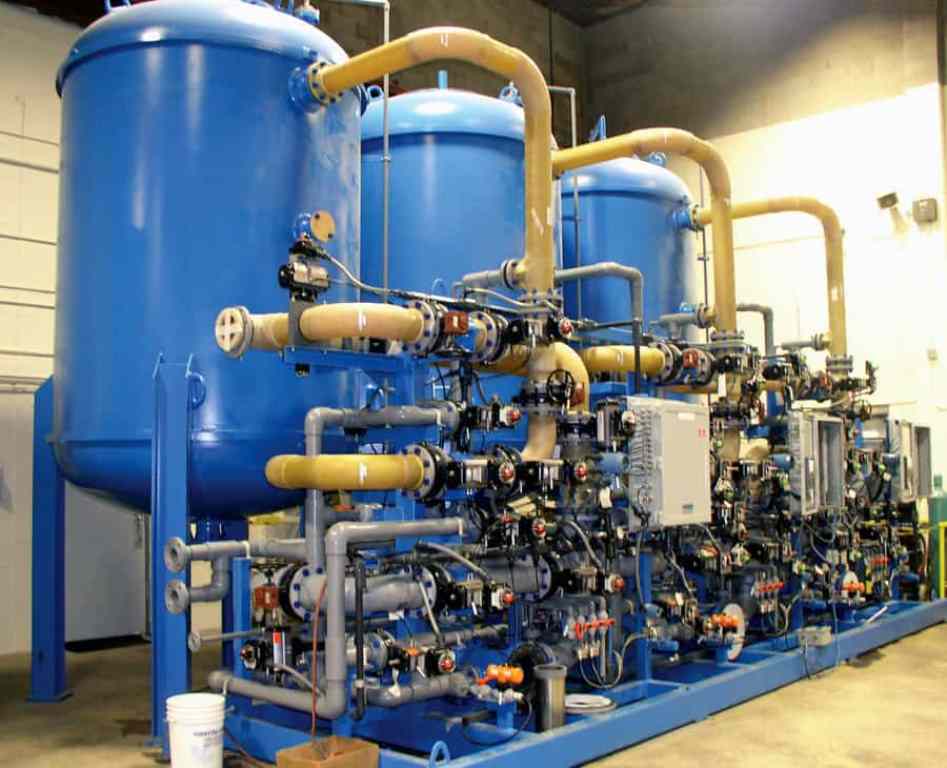One of the hallmarks in the modern world is having clean water in our homes. People are doing their best to treat water by having systems that ensure water is safe for their needs. From drinking to cleaning, it is crucial to make sure that the water you use is as clean and pure as possible. One way to achieve installing water filtration systems in our homes that are also safe for the environment. This article highlights some of the eco-friendly water filtration methods perfect for your home.
Reverse Osmosis
Reverse osmosis is a water filtration method that eliminates contaminants from water through a semipermeable membrane. During the process, water flows from one side, with more pollutants, to the other end, which has fewer contaminants. For a successful reverse osmosis process, you need a reverse osmosis system to eliminate chlorine and other sediments from the water before dissolving any present solids. The result of the process is known as permeate and the waste as brine. The membrane used here has tiny pores that enable straightforward blockage of present contaminants.
The holes, however, are big enough to allow water molecules to enter. Before the water is ready for use, it has to go through a post-filter for polishing before entering a dedicated faucet. This method is popular among consumers because of its ability to remove more contaminants.
The number of stages in reverse osmosis highly depends on the number of pre and post-filters in the reverse osmosis system. Some of the dissolved solids you can eliminate from water using this method are fluoride and arsenic.
Whole-House Water Filters
The other eco-friendly water filtration method is the use of whole-water house filters. These systems are essential for cleaning all the water entering your home. This method eliminates any possible contaminants in the water to ensure purity before use. These filters come in different types and sizes. It would be best if you considered various factors when buying a whole house system of filtering water. One of the critical elements to check is micro-rating. It allows you to determine the extent of filtration. You need to choose a system with ratings of at least one micron. Anything less than this will only drop the rate of water flow.
Hikers and mountain climbers use portable filtration systems with a rate of about five microns to remove small particles from drinking water. It is excellent to prevent any health issues associated with tiny particles in water. The kind of water filter you choose highly depends on your requirements and priorities. If you have a big family, it would be best to invest in whole-house water filters with high water flow.
Distillation
Distillation is a filtration method that relies on evaporation for water purification. Through heat, steam forms that remove contaminants from water. This method is one of the traditional water purification methods and is still useful today. Most people in the world use this method because of its various benefits. The technique is easy to use, explaining its popularity. It effectively removes compounds like nitrate, lead, and other unwanted particles such as hardness and iron from water.
During the boiling process, the elimination of viruses and dangerous bacteria also takes place. It is essential to understand that this method’s effectiveness depends on the chemical characteristics of organic compounds and the boiling point. If the compounds in the water have a lower boiling point than that of water, they will vaporize along with the water. After vaporization, the water goes to a condenser where cooling takes place. If you don’t remove these compounds before condensation, chances are they will re-contaminate the water.
Mechanical Filtration
Another eco-friendly water filtration method is mechanical filtration. It helps remove almost all different kinds of turbidity. For the straining of smaller particles to occur, the automatic filtration system needs to be more excellent to strain them. The method involves the use of filters that contain specially graded gravels useful for screening out the particles. Some manufacturers provide these filters with a filter-aid which traps tiny particles, producing a clearer water. The filter-aid also ensures a better cleansing of the water in the backwashing stage.
You can choose to use cartridge filters to filter water for drinking and cooking effectively. When using the mechanical filtration method, you need to allow for a settling period. During this time, the flock settles at the bottom as it entraps the particles which sink to the bottom. Once the particles settle, the water flows through a filter to remove any left traces of the particles. You need to note that the mechanical filtration method cannot eliminate chemical contaminants. It is essential when removing cysts and sediments in the water. You may consider buying this filter if you are only removing dirt and other undesirable particles from water.
Ion Exchange
In most cases, people use this home filtration method to soften water. The technique works by splitting any present atom into ions. After, the system traps the ions and releases them to purify the water. The method prepares water for treatment. The hardness of water is the measure of magnesium and calcium concentration. Sometimes it is the presence of other magnesium minerals like chlorides and sulfates that requires filtration to soften water and make it ready for use. The ion exchange method filters these ions reducing the water hardness.
An ion water exchange filter contains a resin that removes these elements from water. It helps reduce both alkalinity and hardness. After passing through the gums, the water goes through a final filter stage where other contaminants like organic compounds occur.
If you suspect your home water quality, the first step is to have it analyzed by professionals from a reputable laboratory or a local health organization. The process verifies if there is a problem with your water or not. After the analysis, the professionals give you a guideline on the appropriate solution. Remember that water plays an essential role in our lives and should be free from contaminants.





















